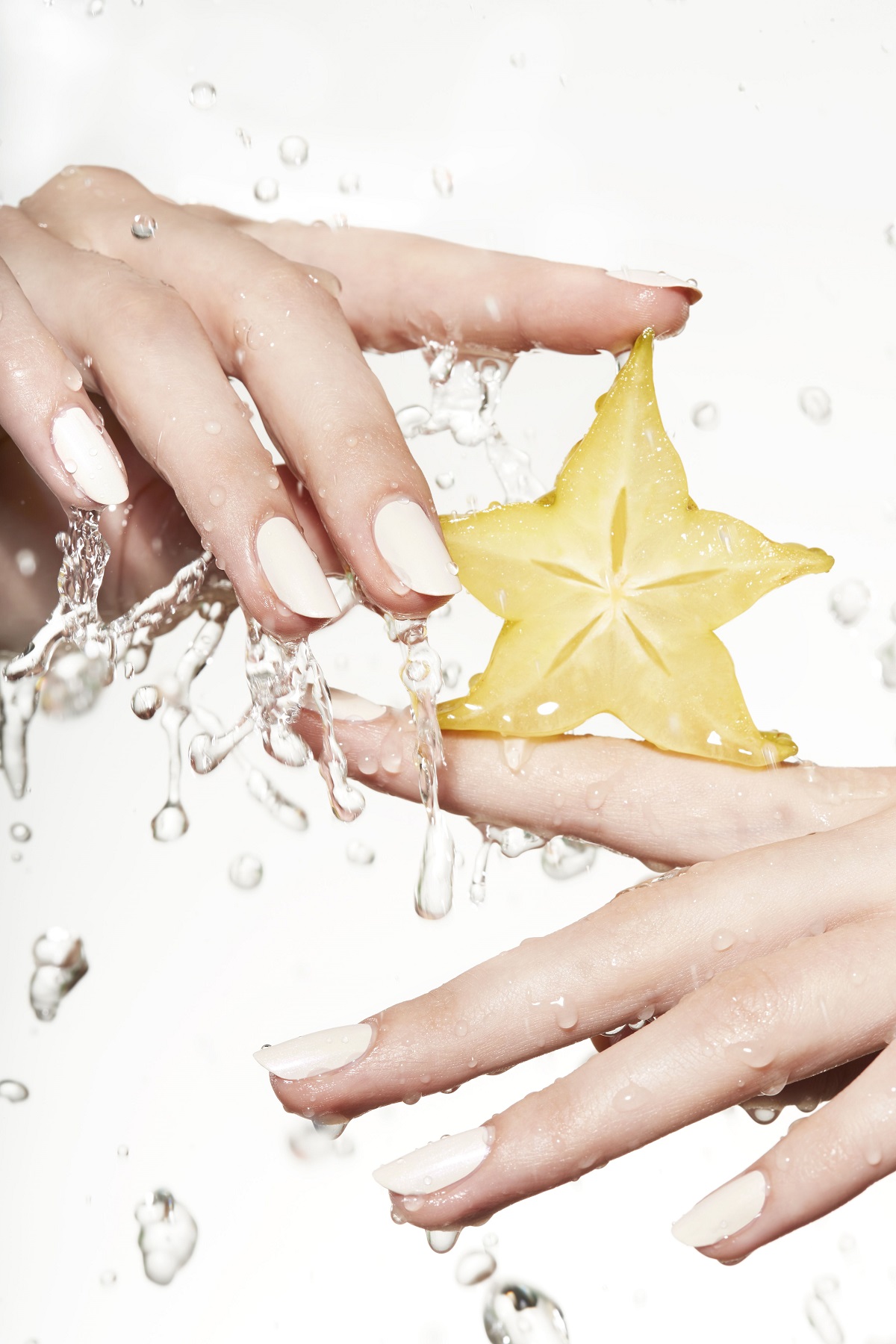Men’s Fashion: Challenging Norms, Defying Gender Boundaries
In the realm of men’s fashion, a paradigm shift is underway. The latest designs are defying traditional expectations and embracing elements traditionally associated with femininity. The intriguing intersection of fashion and societal norms provides a platform for self-expression, aesthetic exploration, and even advocacy. Men’s fashion is undergoing changes that defy traditional norms | Source: Vogue,









